- Shop
New to UCAN?
- About
- How to use ?
- Energy Lab
- Contact us
The Endurance Athlete’s Guide to High Protein Snacks for Weight Loss
Contents
- 1 High protein snack for weight loss: Race-ready options for Aussie endurance athletes
High protein snack for weight loss: Race-ready options for Aussie endurance athletes
For endurance athletes in Australia — whether you’re building for the Gold Coast Marathon, sharpening for the Sydney Marathon, or stacking long rides ahead of Ironman Cairns — a high protein snack for weight loss is not an afterthought. In the first 100 words: choose snacks that protect muscle, stabilise blood glucose and slot into training without slowing you down. This guide gives you coach-level what / why / how for each snack so you can lose unwanted mass while keeping power and recovery on point.
Quick takeaways: Aim for 15–25 g protein per snack; prefer whole-food sources where possible; structure snacks around session demands (pre-interval, post-long run, before bed). Use UCAN Energy + Protein when you need a measured post-session carb:protein option to speed recovery without sugar spikes.
This isn’t a generic list. For each snack below you’ll get: What to do (exact, actionable), Why it works (physiology & practical effect), and How to apply it into a typical Aussie training week — with specific cues for runners, triathletes and cyclists.
1. Greek Yogurt with Berries
Greek yogurt is a staple because it combines concentrated protein, easy digestion and practical portability. A typical 170 g serve of plain Greek yogurt delivers ~15–20 g protein — enough to be a meaningful snack for most athletes.
What to Do
Choose plain, unsweetened Greek yogurt (170 g). Add 50–75 g low-sugar berries (blueberries or strawberries) and 10 g chopped walnuts if you want minimal healthy fats. Target: ~18–24 g protein per serving depending on brand.
Why It Works
Concentrated dairy proteins include both fast (whey) and slower-digesting components that support post-exercise muscle protein synthesis and satiety[1]. Protein is the most satiating macronutrient, so a high-protein snack reduces overall calorie intake and helps preserve lean mass during a calorie deficit. The fibre and polyphenols from berries blunt glycaemic responses and support recovery from repeated sessions.
How to Apply It
Use this as a mid-afternoon bridge before evening sessions (e.g., 6×1 km @ goal marathon pace with 90 s jog recovery). Eat ~60–90 minutes pre-session for most athletes. For recovery after a 60–90 minute tempo run, take within 30–45 minutes. In a heavy volume week (3–4 runs >60 min), Greek yogurt helps meet the 1.6–2.2 g/kg/day protein target with little gut stress.
Coach’s Tip: Avoid flavoured tubs — the added sugar undermines weight loss. If you need carbs for a hard session, add banana or a drizzle of honey only on those days.
Many plain Greek yogurts contain live cultures (probiotics), which can help gut resilience during travel or heavy training periods — useful for athletes heading to interstate races or multi-day events[2].
2. Hard-Boiled Eggs
Eggs are the classic portable protein: dense, cheap and nutrient-rich. Two large eggs provide ~12 g protein and a suite of micronutrients that support recovery and neuromuscular function.
What to Do
Batch-boil 8–12 eggs on Sunday. For a snack, eat two eggs (~12 g protein). Add a small piece of fruit or 2–3 wholegrain rice crackers if you need a light carbohydrate top-up before a easy-to-moderate aerobic session.
Why It Works
Eggs supply complete, highly bioavailable protein and leucine — the amino acid that triggers muscle protein synthesis — with minimal calories. The yolk provides fat-soluble vitamins and choline, which support recovery and cognitive focus during long sessions[3].
How to Apply It
For a morning threshold session (e.g., 2×20 min @ threshold), eat one egg 45–60 minutes before if you don’t tolerate big breakfasts. After a 2–3 hour long ride, two eggs plus a carbohydrate source fits into a 3:1 carb:protein recovery ratio to replenish glycogen and support repair.
Coach’s Tip: Keep one peeled egg and a slice of wholegrain toast in your training box for pre-session ease on early mornings.
3. Cottage Cheese
Cottage cheese is rich in casein — the slow-release milk protein that’s perfect for overnight muscle maintenance.
What to Do
Consume ½ cup (~120 g) low-fat cottage cheese 30–60 minutes before bed on heavy training nights. Add 1 tbsp natural nut butter or 50 g pineapple for taste if you need carbohydrate.
Why It Works
Casein forms a gel in the stomach, releasing amino acids over several hours and reducing overnight muscle protein breakdown — useful during intensified training blocks to protect lean mass[4].
How to Apply It
Use cottage cheese as a pre-bed strategy when back-to-back sessions are on the plan (e.g., morning swim + evening intervals). It’s particularly handy in the 2–3 weeks of increased volume leading into an important race like Ironman Cairns.
Coach’s Tip: Blitz cottage cheese in a blender for a smoother texture and use as a dip with apple or rice crackers.
4. Beef Jerky
Quality beef jerky delivers concentrated protein without refrigeration — ideal for race travel or long drives to events like the Gold Coast Marathon.
What to Do
Pick jerky with a short ingredient list and under 5 g added sugar per serve. A 28 g serve typically contains 9–15 g protein.
Why It Works
High protein density provides satiety with minimal volume. The chewing action slows consumption, giving fullness signals time to register — a small behavioural advantage when keeping calories controlled.
How to Apply It
Use on travel days, as an afternoon buffer before an evening session, or as emergency fuel on race weekends. If you have a 60–90 minute ride after work, a small jerk ~60–90 minutes beforehand wards off hunger without heavy gastric load.
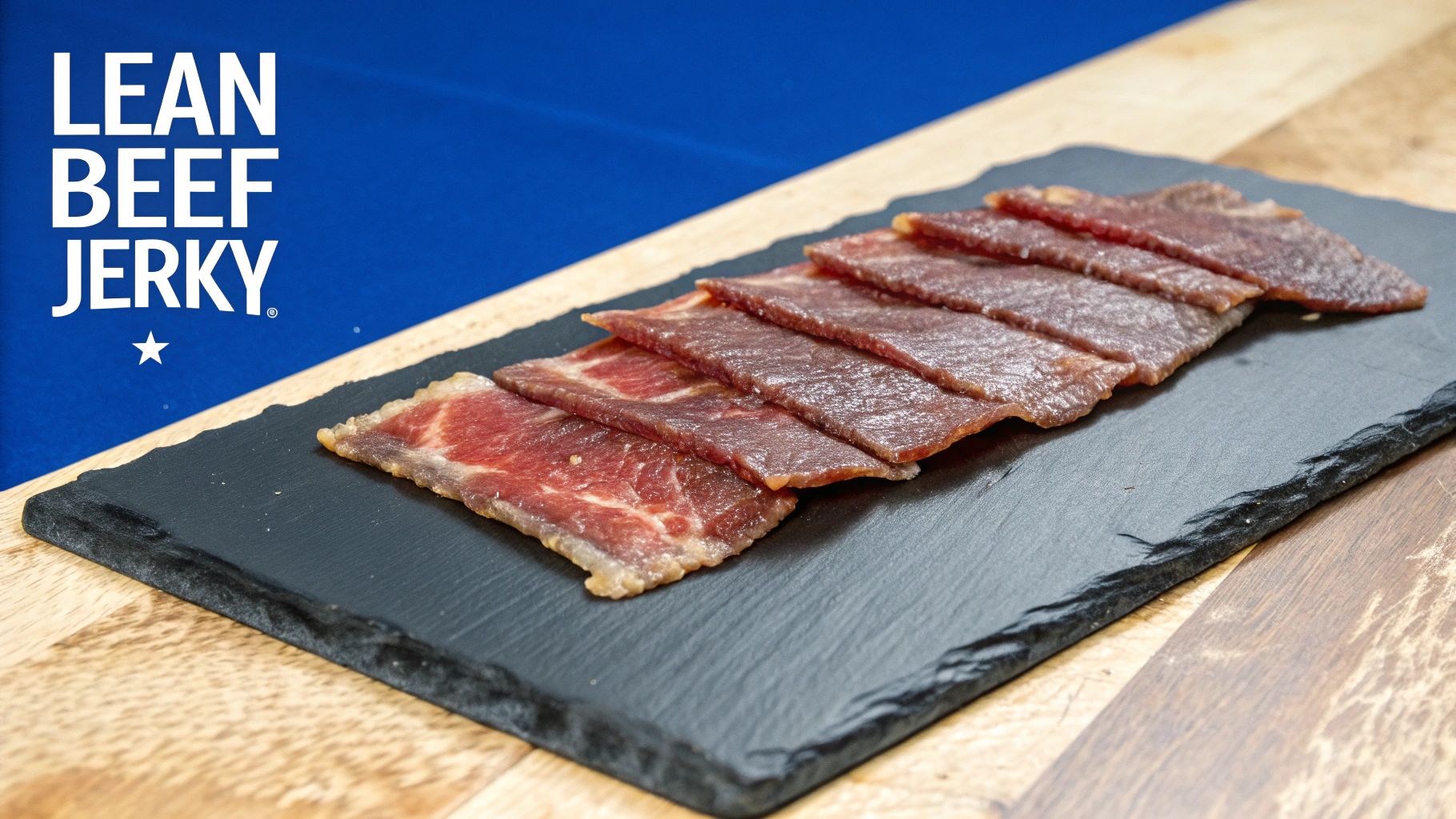
Coach’s Tip: Look for butcher-made jerky or brands with minimal ingredients. Avoid added syrups that drive calories up quickly.
5. Protein Bars
Bars are engineered for convenience and portion control. They have a place when whole foods aren’t possible — but pick carefully.
What to Do
Choose bars with ≥15 g protein, ≤5 g added sugar, and >4 g fibre where possible. Check the carb:protein ratio — aim for <5:1 if you want a true protein snack.
Why It Works
A quality bar offers a reliable protein hit without prep. The combination of protein and fibre slows digestion, stabilises blood glucose and quells cravings.
How to Apply It
Use immediately post-session when you’re heading straight to work, or as emergency recovery on race day. For focused glycogen repletion after multi-hour sessions, use bars in combination with a measured post-session carbohydrate like UCAN Energy + Protein to control blood sugar while refuelling.
Coach’s Tip: Keep 2–3 bars in your kit for travel. If a bar’s carbs:protein ratio >5:1, treat it as an energy bar, not a protein snack.
6. Tuna Packets
Single-serve tuna pouches are shelf-stable, lean and dense with protein — excellent for deskside lunches or race travel.
What to Do
Keep springwater-packed tuna pouches in your bag. Mix with a tablespoon of Greek yogurt and chopped celery for texture. One pouch typically supplies 15–20 g protein.
Why It Works
Tuna supplies complete, lean protein with negligible carbs and fats, making it a highly efficient way to increase protein intake without surplus calories.
How to Apply It
Use tuna as an emergency lunch, pre-evening session snack, or a lean component in a race-week meal when you need to limit extra fats that slow gastric emptying.
Coach’s Tip: Choose springwater-packed tuna — oil-packed versions add unnecessary calories and fat for a snack.
7. Edamame
Edamame offers a plant-based complete protein option for athletes prioritising vego or flexitarian diets.
What to Do
Steam 1 cup shelled edamame (frozen) — ~17 g protein and 8 g fibre. Finish with lemon and a light sprinkle of sea salt.
Why It Works
Edamame is a rare complete plant protein, delivering essential amino acids and fibre that supports satiety and glycaemic control while contributing to daily protein goals[6].
How to Apply It
Use as a snack while cooking, add to salads for race week, or as a portable post-swim option. For plant-based athletes aiming for 1.6–2.2 g/kg/day, edamame is a dense and practical protein chunk between meals.
Coach’s Tip: Buy edamame in the pod to slow intake and increase satisfaction — a simple behavioural trick that reduces grazing.
High Protein Snack Comparison Guide
| Item | Implementation Complexity | Resource Requirements | Expected Outcomes | Ideal Use Cases | Key Advantages |
|---|---|---|---|---|---|
| Greek Yogurt with Berries | Low | Requires refrigeration, fresh/frozen berries | Muscle maintenance, satiety, gut health | Post-workout, afternoon snack | High protein, probiotics, versatile |
| Hard-Boiled Eggs | Low | Minimal prep, basic cooking | Muscle preservation, satiation | Portable snack, quick protein boost | Complete protein, convenient, affordable |
| Cottage Cheese | Low | Refrigeration needed | Sustained muscle recovery | Anytime, especially before bed | High casein protein, versatile, affordable |
| Beef Jerky | Low | No refrigeration, packaged | Long satiety, portable nutrition | Travel, hiking, office snack | High protein density, shelf-stable |
| Protein Bars | Very low | Ready-to-eat, no prep | Convenient protein intake | On-the-go snacks, travel | Portable, portion-controlled |
| Tuna Packets | Very low | Shelf-stable, no prep | High protein-to-calorie ratio | Portable snack, quick meal addition | High protein, omega-3s, no refrigeration |
| Edamame | Low to moderate | Requires cooking, some prep | Satiety, fibre, plant-based protein | Plant-based diet, snacks, meals | Complete plant protein, high fibre |
Integrating High Protein Snacks Into Your Training
Knowing what to eat is only half the battle. The real art is slotting snacks into your training plan with intent — like you would a track session.
From Theory to Trackside Application
Align snacks with session demands. Example applications:
- Morning tempo (e.g., 10–12 km with 6 km @ tempo): 1 small Greek yogurt 60–90 min pre; 20 g protein within 30–45 min post-run.
- Afternoon intervals (e.g., 8×800 m @ 5k pace): small tuna pouch or protein bar 60–75 min pre to avoid heavy digestion.
- Long ride (2–4 hours): snack across the day; post-ride UCAN Energy + Protein within 30 min for a measured carb:protein recovery.
- Race-week: use small high-protein snacks to stabilise hunger and preserve lean mass while moderating carbs by day-to-day needs.
Key Takeaway: Treat your snack timing with the same precision as interval timing. A well-placed high-protein snack is the difference between a productive session and a slog.
Mastering Your Macros
Aim for ~1.6–2.2 g protein/kg/day depending on load and body-composition goals. Spread protein across 3–5 meals and 1–3 targeted snacks. Example: a 75 kg athlete aiming for 1.8 g/kg/day = ~135 g protein; using two 20 g snacks + three main meals of ~30 g each gets you there cleanly.
The Bigger Picture: Sustainable Habits
Sustainable weight loss for athletes is about small, consistent swaps: replace high-sugar snacks with high-protein options, keep protein distribution even, and use practical, easy-to-prepare foods so you don’t slip when life gets busy. That’s how you improve power-to-weight without losing race-day readiness.
Frequently Asked Questions (FAQ)
What are the best high protein snacks for weight loss for athletes?
The best options combine high-quality protein with convenience and recovery nutrients. Top choices include Greek yogurt with berries, hard-boiled eggs, cottage cheese, low-sugar beef jerky and tuna packets. These choices preserve lean mass during a calorie deficit and support recovery for events like the Melbourne Marathon or Ironman Cairns.
How much protein should I eat in a snack to help with weight loss?
Aim for 15–25 g protein per snack depending on body size and training load. This helps with satiety and muscle repair and contributes meaningfully to daily protein targets.
When is the best time to eat a high protein snack?
Mid-afternoon to prevent energy slumps; within 30–60 minutes post-session for recovery; and slow-digesting proteins (cottage cheese) before bed during heavy training blocks.
Can high protein snacks for weight loss improve my running performance?
Yes — indirectly. They help maintain optimal race weight while protecting muscle mass, improving power-to-weight. They also speed recovery so training consistency and adaptations improve.
References
[1] Pasiakos SM, Lieberman HR, McLellan TM. Protein considerations for optimising skeletal muscle mass in athletes. Curr Opin Clin Nutr Metab Care. 2014;17(2):169–176.
[2] West NP, Pyne DB, Cripps AW, et al. Probiotics, immunity and exercise: a review. Exerc Immunol Rev. 2009;15:107–126.
[3] Phillips SM. Dietary protein for athletes: from requirements to metabolic advantage. Appl Physiol Nutr Metab. 2014;39(5):647–652.
[4] Res PT, Groen B, Pennings B, et al. Protein ingestion before sleep improves postexercise overnight recovery. Med Sci Sports Exerc. 2012;44(8):1560–1569.
[5] Tang JE, Rasmussen BB, Phillips SM. Dietary protein recommendations and the prevention of sarcopenia. Curr Opin Clin Nutr Metab Care. 2009;12(1):86–90.
[6] Messina M. Legumes and soybeans: overview of their nutritional profile and health benefits. Am J Clin Nutr. 1999;70(3 Suppl):439S–450S.
Ready to pair practical high-protein snacks with targeted recovery? Try UCAN Energy + Protein for a measured post-session carb:protein option that supports replenishment without sugar spikes. For steady glucose during intervals, consider UCAN Energy Gels, and for longer hot-weather sessions check UCAN Electrolytes.
Author: Generation Ucan — Last updated: 30 September 2025

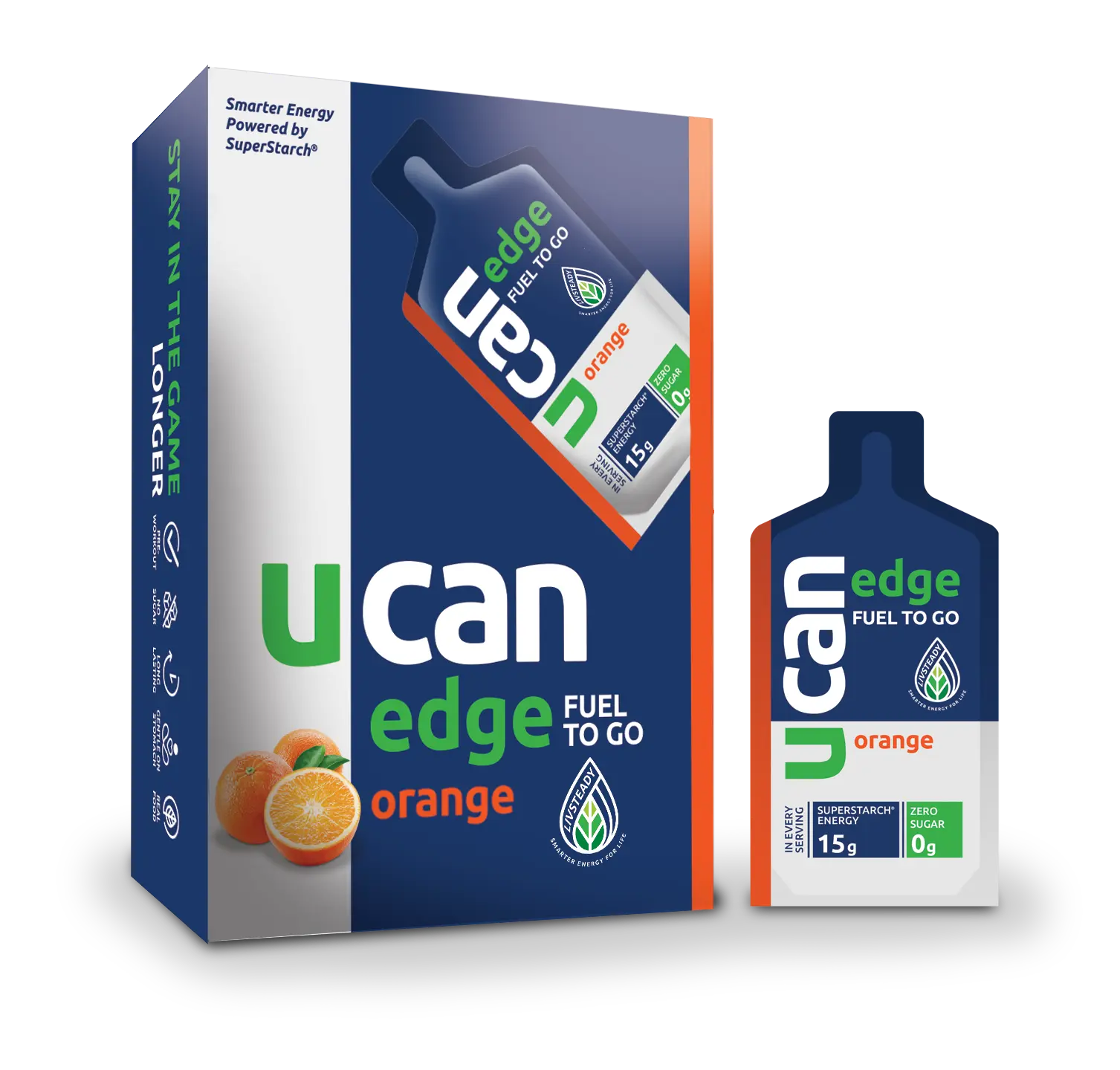
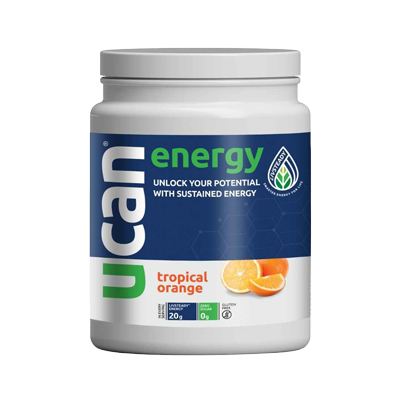
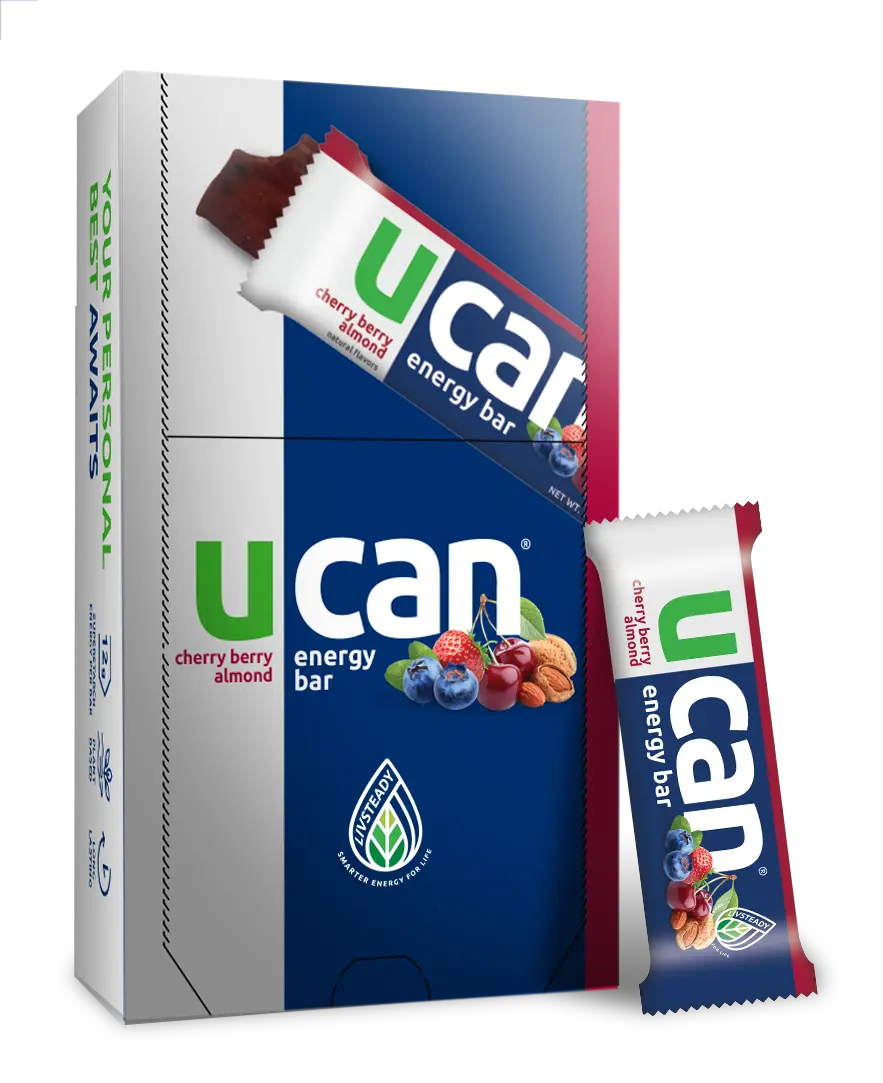
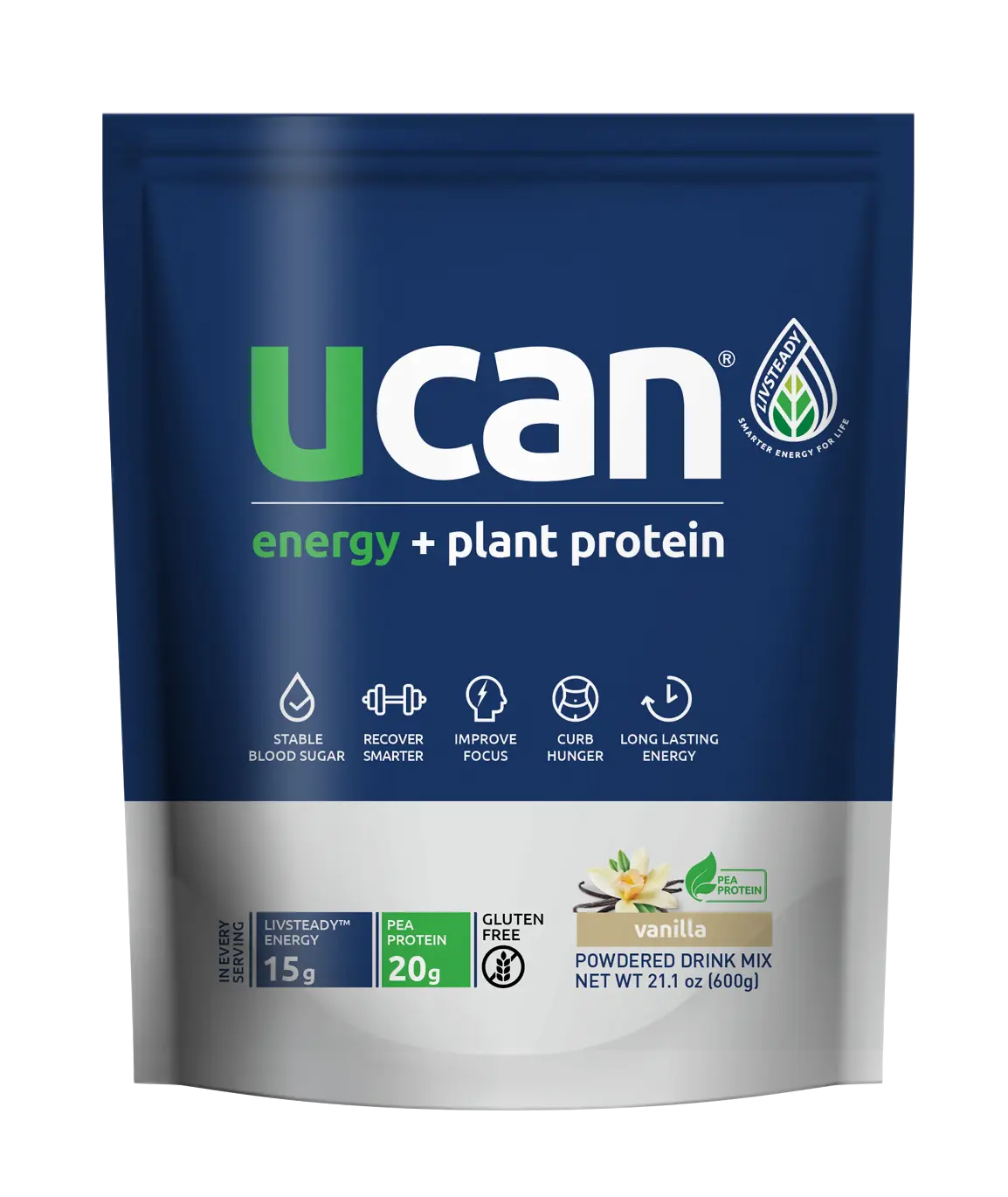
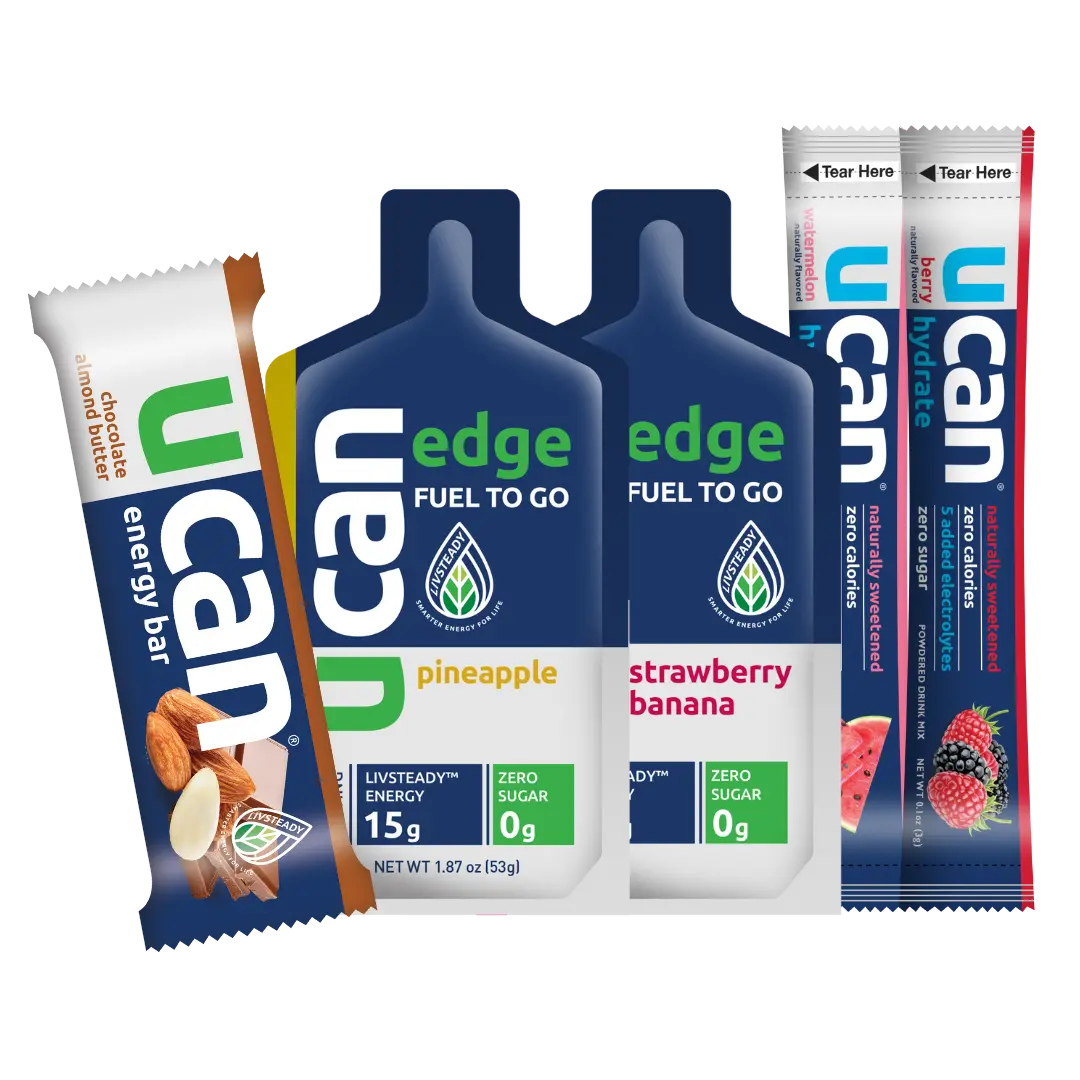
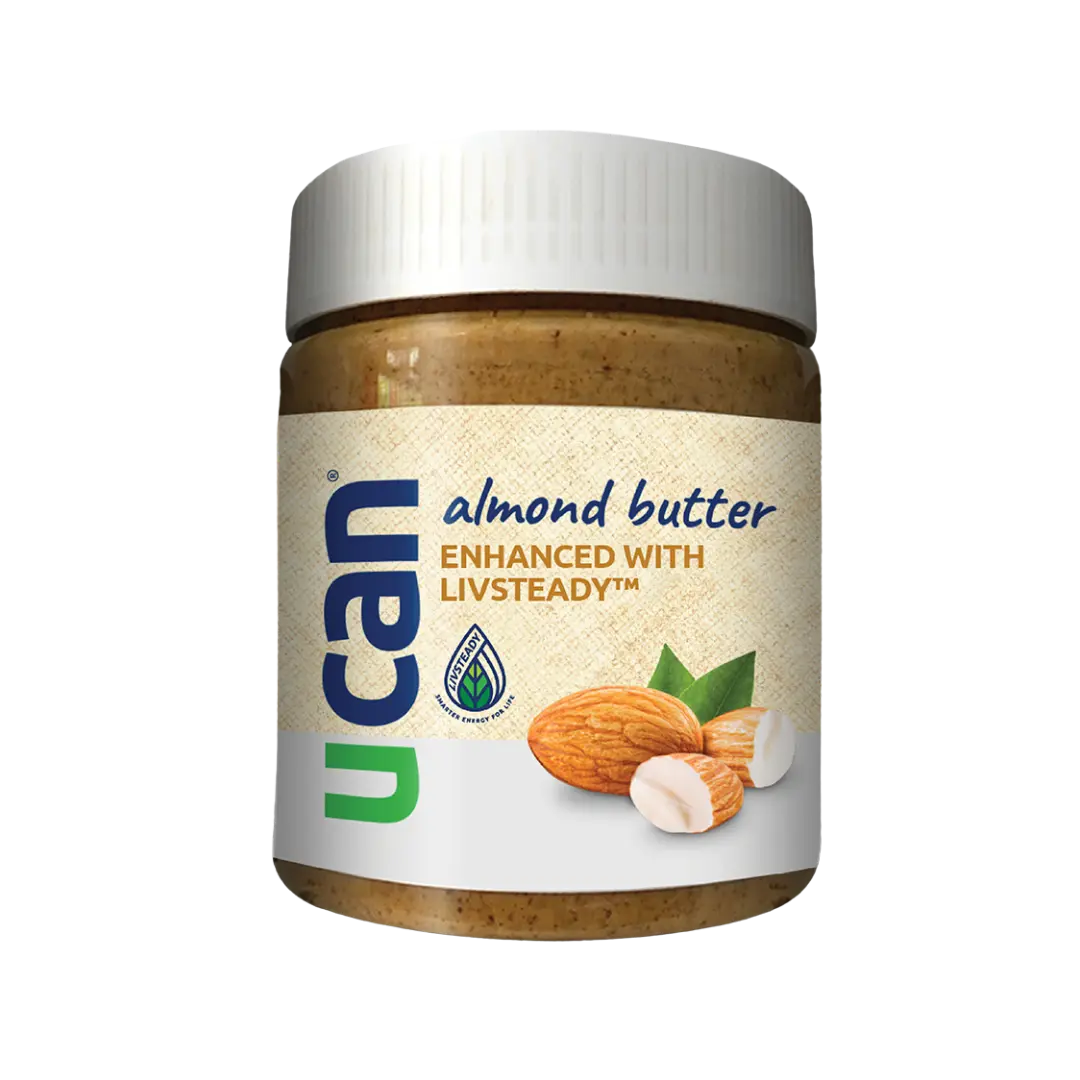
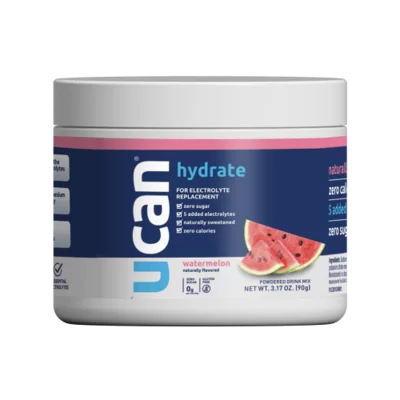
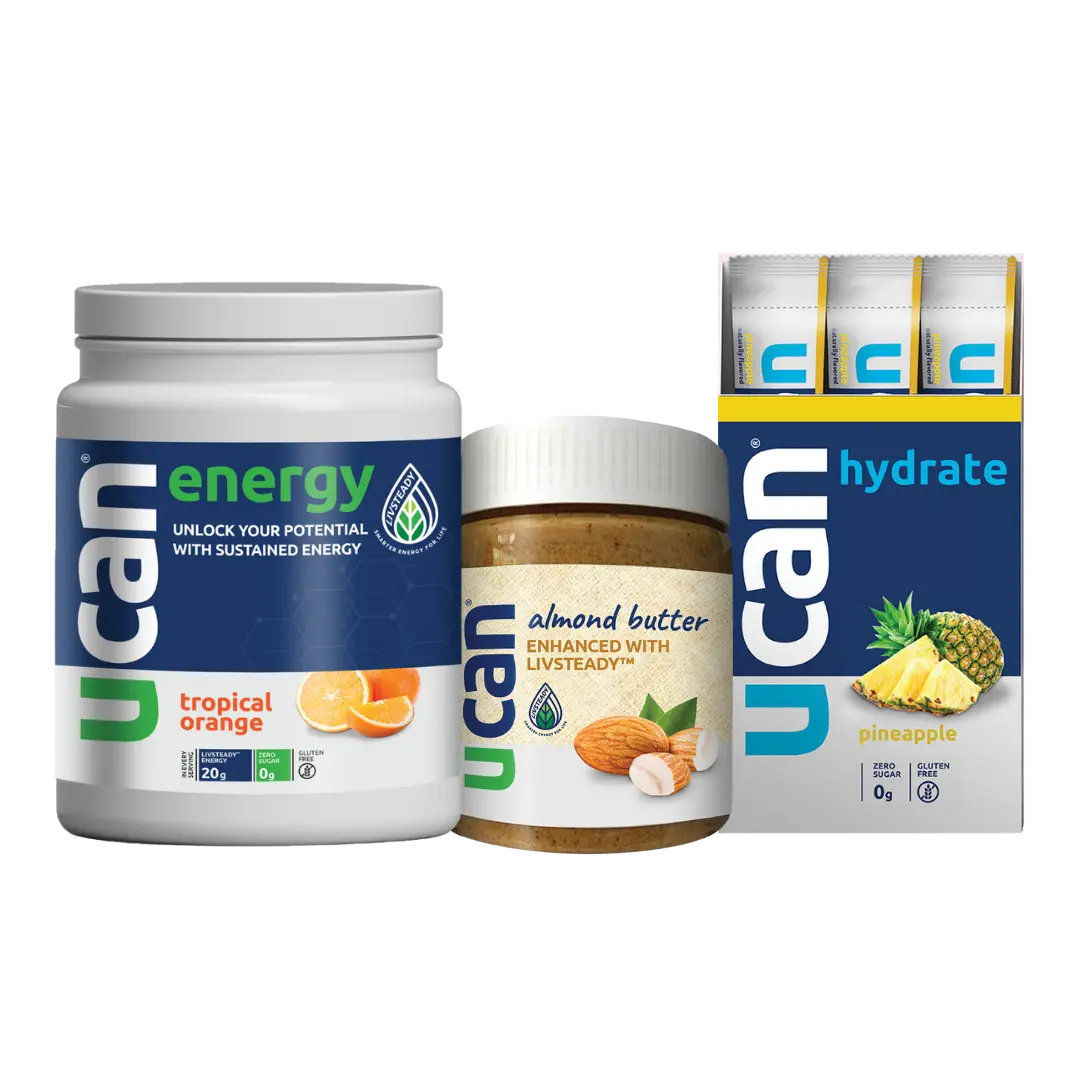
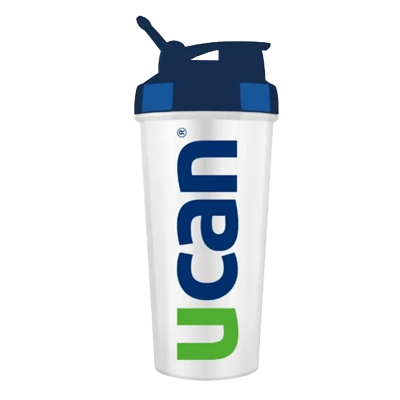
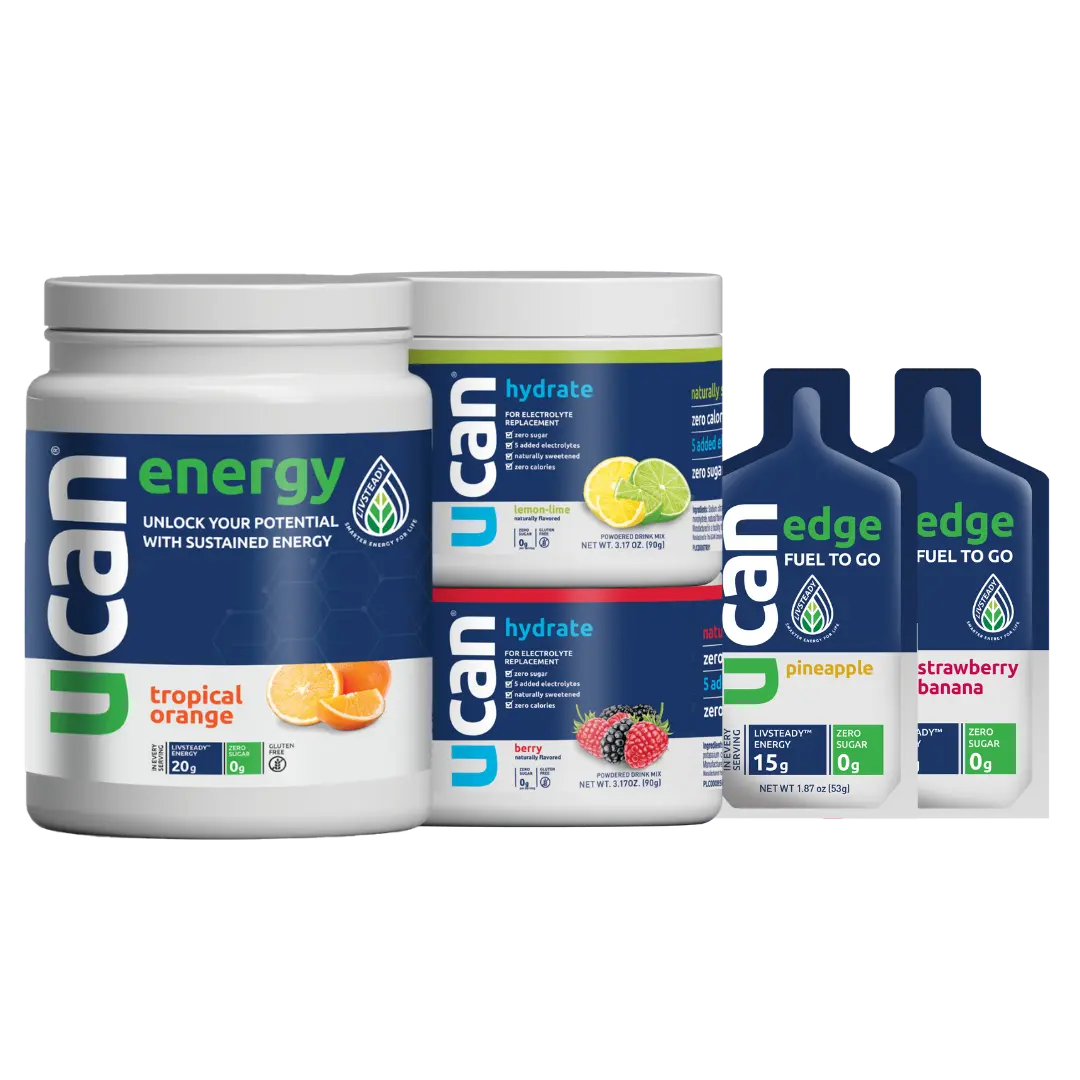
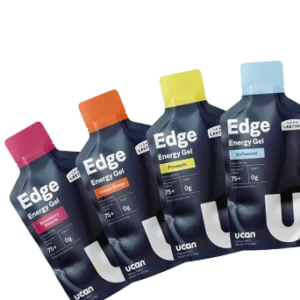
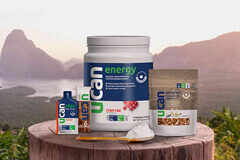


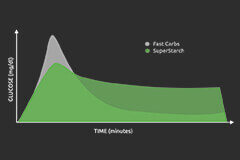

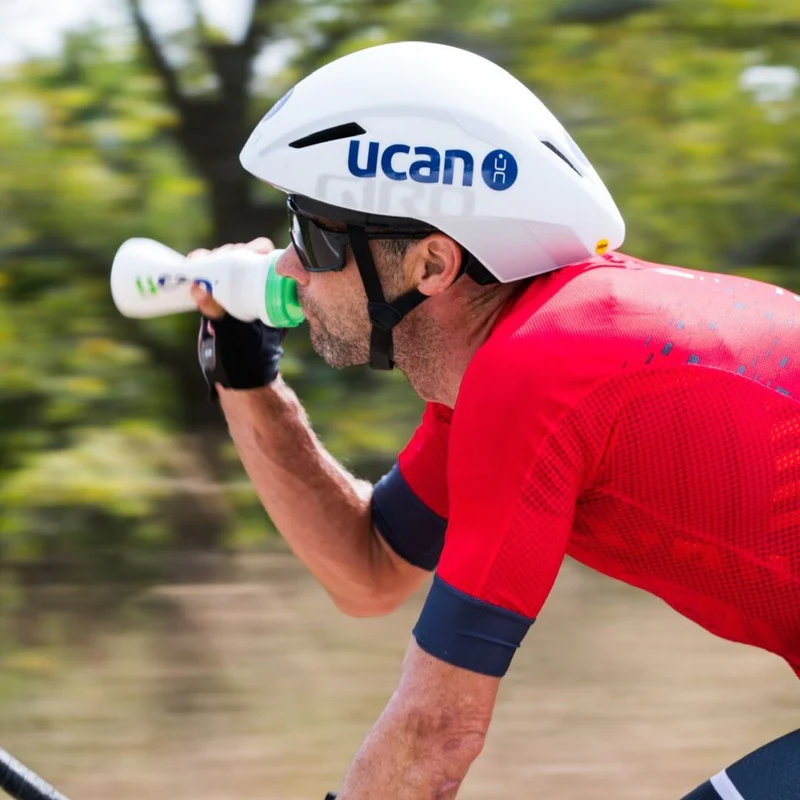


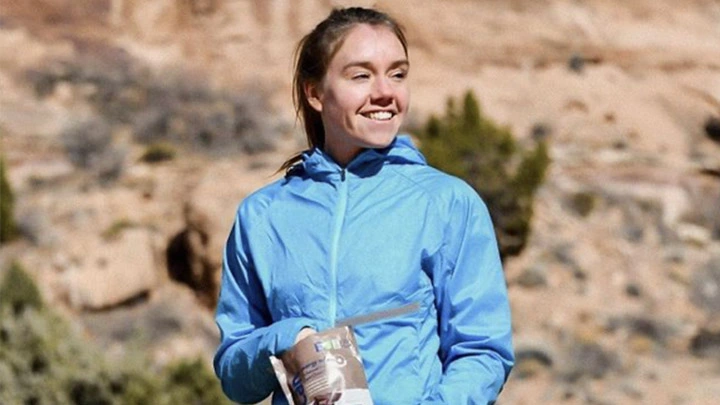

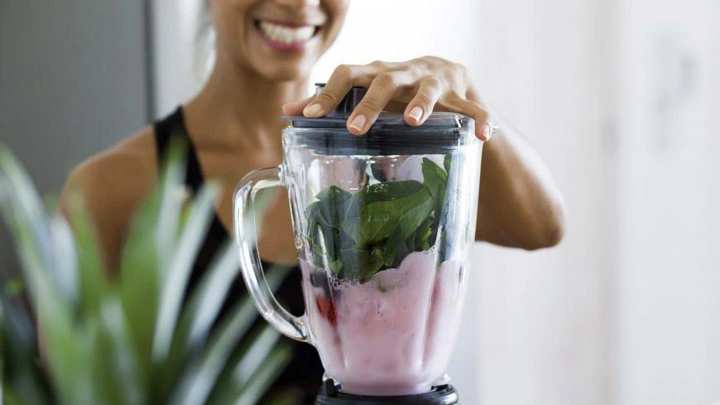

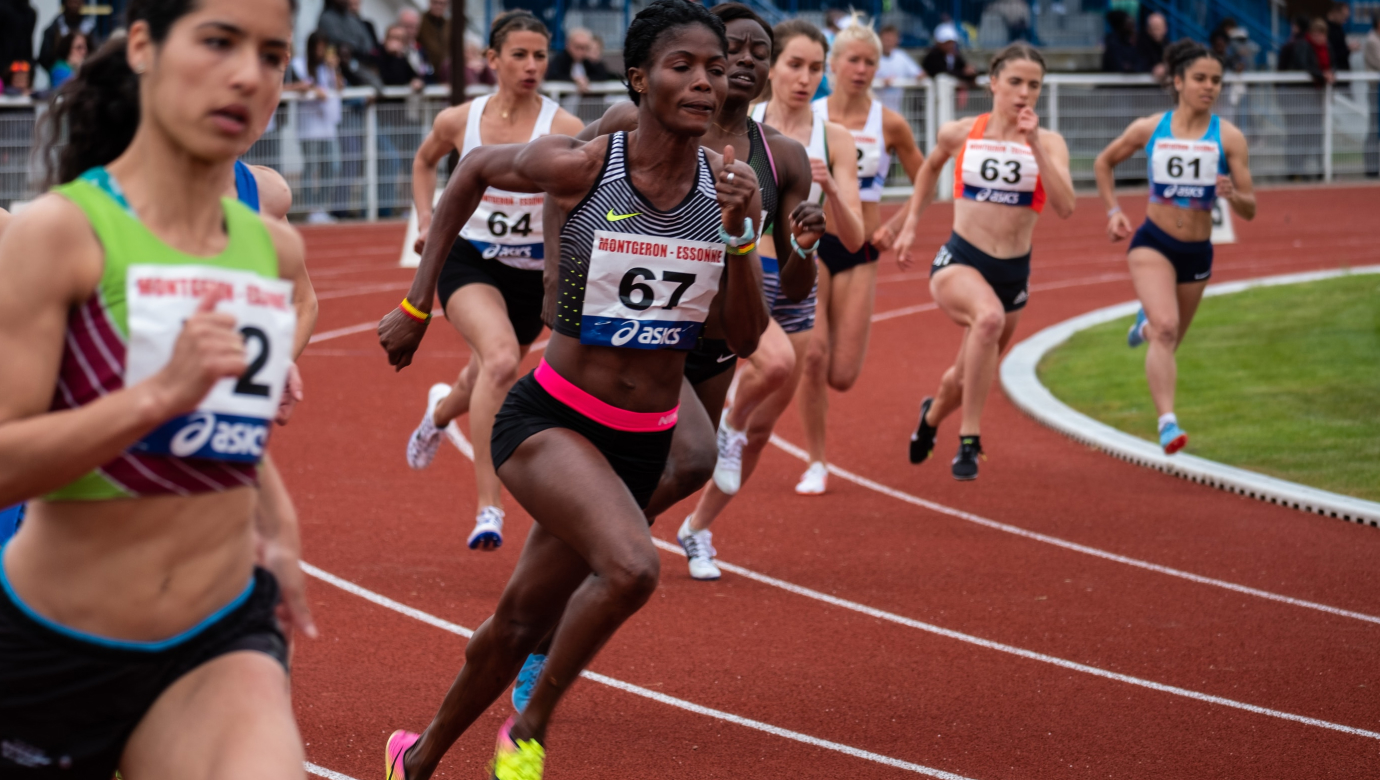

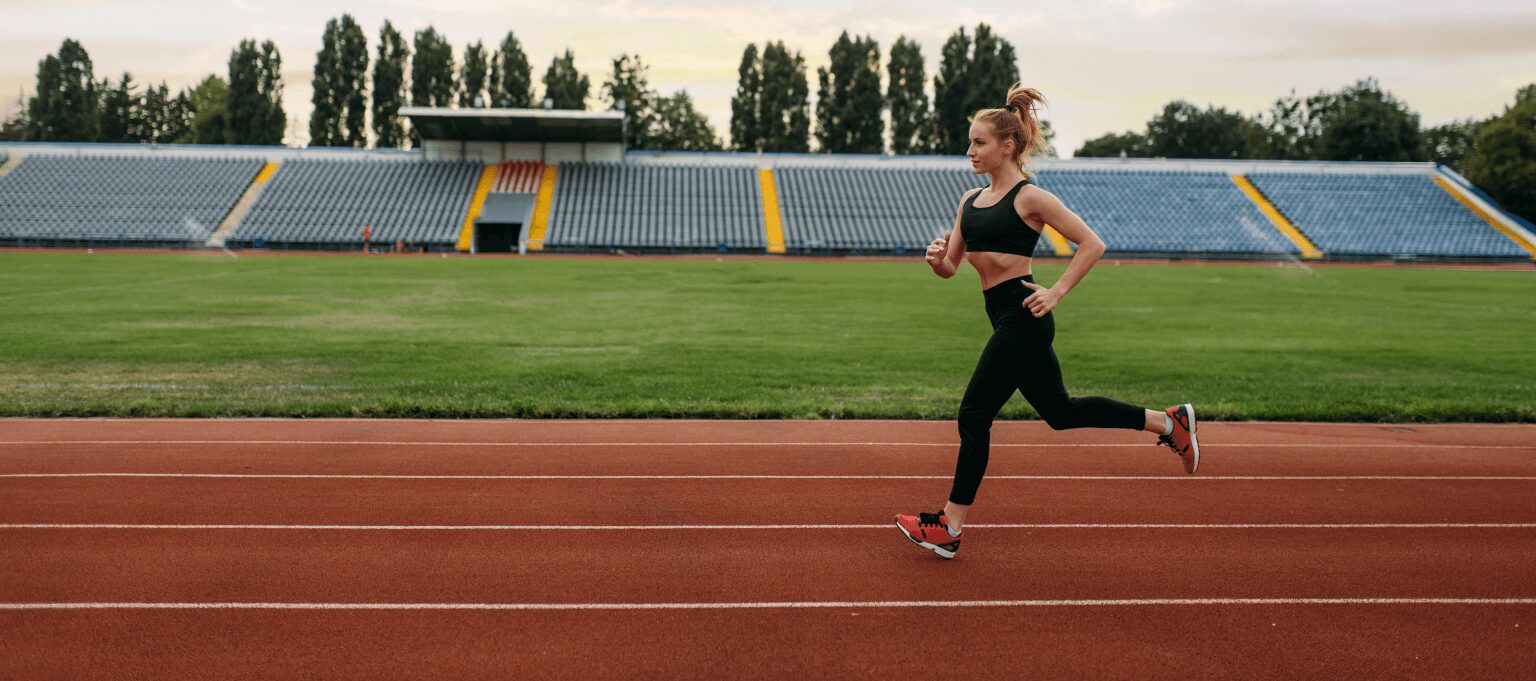









Comments are closed